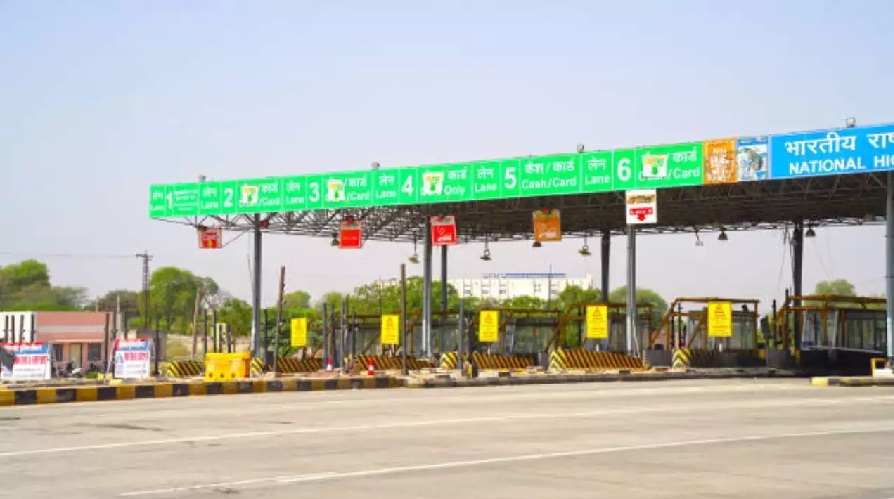For trips that exceed the 20-kilometre limit, motorists will incur charges based on the precise distance they travel.

In a significant shift in toll collection policy, the Indian government has introduced a new system where drivers will be charged based on the distance they travel on national highways. Under the updated rules, which utilize Global Navigation Satellite System (GNSS) technology, motorists can travel up to 20 kilometres without incurring any toll charges.
The new regulations stipulate that for trips covering up to 20 kilometres on toll roads, including national highways, permanent bridges, bypasses, and tunnels, there will be no user fee. For distances exceeding this limit, drivers will be charged according to the exact distance travelled.
The revised rules also include provisions for various technologies such as GNSS On-Board Units, Automatic Number Plate Recognition (ANPR) devices, and FASTag systems. Toll fees can now be collected through these technological means or a combination of them.
GNSS technology, a non-transferable and securely installed device in vehicles, will connect to the GNSS network to facilitate toll collection. Vehicles equipped with GNSS devices will have access to dedicated lanes at toll plazas. Those entering these lanes without a functioning GNSS device will be required to pay double the standard toll fee.
GNSS vs. FASTag
Unlike the existing FASTag system, which relies on physical toll booths for vehicle tracking and fee collection, GNSS technology introduces virtual toll booths along roads and highways. These virtual booths monitor vehicle distance and location, capturing necessary data such as vehicle type, registration number, and payment details.
The GNSS system is designed to work alongside the FASTag system, providing a smoother transition for users. While FASTag has sped up toll collection, peak traffic still leads to congestion. GNSS aims to address this by enabling a barrier-free and efficient tolling experience.
Dedicated GNSS lanes at toll plazas will allow vehicles equipped with GNSS-based electronic toll collection (ETC) systems to pass through uninterrupted. As adoption of GNSS technology increases, it is expected that all lanes will eventually transition to GNSS-enabled, enhancing toll collection efficiency and convenience.
Benefits of GNSS-Based Toll Collection
The implementation of GNSS-based ETC is anticipated to greatly improve operational efficiency, reducing average wait times from 714 seconds to just 47 seconds. This will help alleviate traffic congestion and ensure a smoother flow of vehicles without needing additional toll lanes. Additionally, the removal of physical toll booths will streamline billing, allowing users to pay only for the distance they travel and reducing costs associated with toll booth maintenance and construction.











